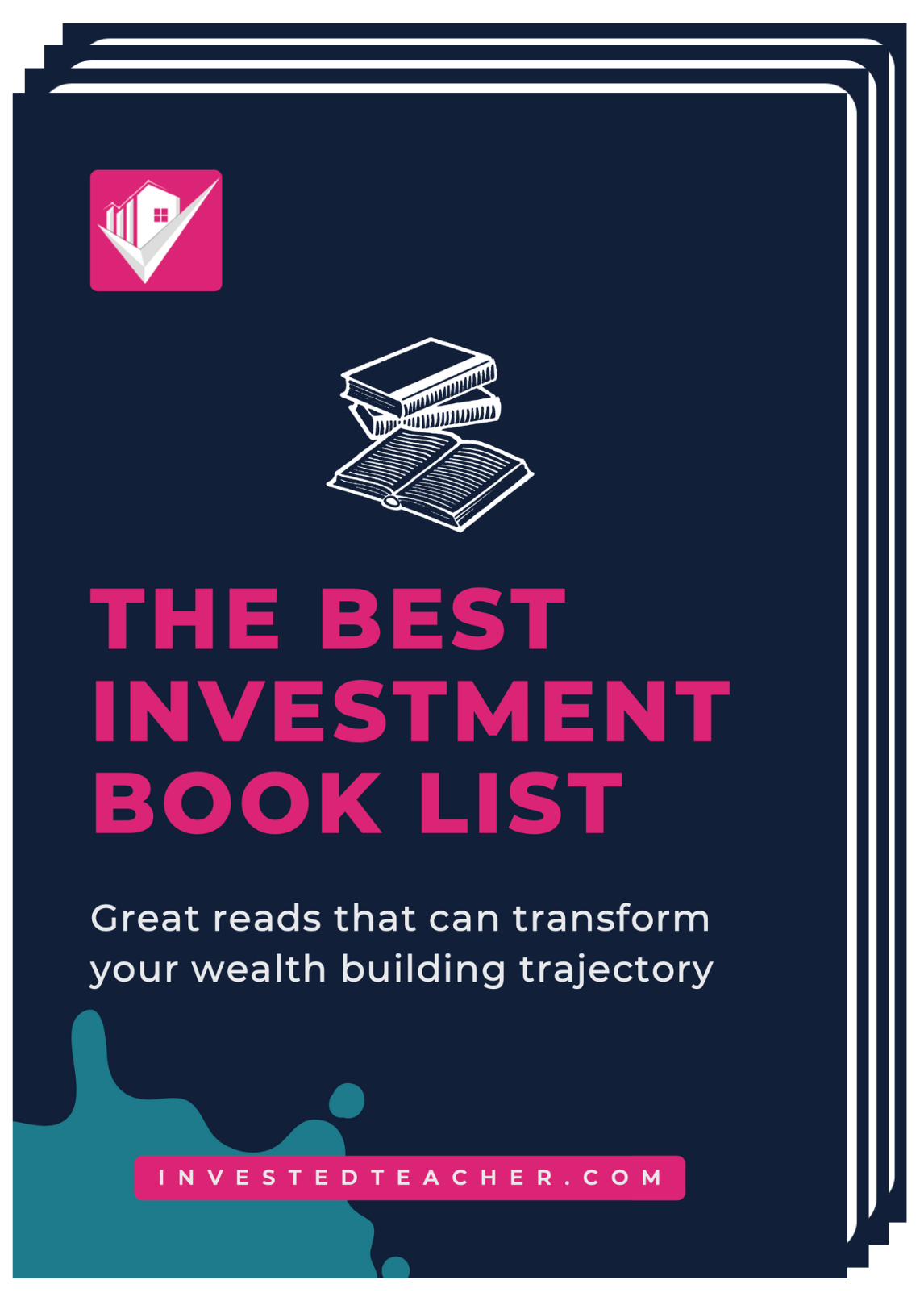Episode 94: Find Your Comfort Number to Get Started and Factors Impacting Cash Value Growth of a Whole Life Policy [Secret Sauce Ep15]
Listen here on our website:
Or jump to this episode on your favourite platform:
How can you create an opportunity fund for your investment strategy NOW while strengthening your foundational “net worth” floor?
In today’s episode, we break down how you can start with an affordable, manageable high cash value permanent whole life policy, and use it to create long-term cash flow for future investments. Whether you’re looking to diversify your portfolio or prepare your corporation for a smoother financial future, this episode guides you through leveraging permanent insurance and the key strategies that make it a powerful wealth-building tool.
You’ll also learn how different factors, such as smoking status, dividend rates, and funding flexibility, can impact the policy’s performance. The episode focuses on how you can maximize your cash value early on, allowing you to pull income in later years without worrying about hefty taxes—making this a critical piece in any business owner’s toolkit.
- Learn how to structure a policy that works for your financial goals, with the flexibility to scale up as your business grows.
- Discover how you can leverage cash value to fund real estate deals or other investments without touching your savings.
- Find out how quitting health factors like smoking can directly impact your wealth by lowering your insurance costs and maximizing your return.
Tune in now to learn how this customizable policy can accelerate your financial growth and set you up for long-term success!
Resources:
-
- Corporate Investment Income Taxes 2024 [Ernst & Young]
- Corporate Income Tax Rates 2024 [TaxTips.ca]
- Like this short, “Wealth Secret Sauce” Episode? Tell us in your rating and review on Apple Podcasts.
- Dig into our Ultimate Investment Book List
- Book a Discovery Call with Kyle to review your corporate (or personal) wealth strategy to help you take the next step in your Canadian Wealth Building Journey!
- Follow/Connect with us on social media for daily posts and conversations about business, finance, and investment on LinkedIn, Instagram, Facebook [Kyle’s Profile, Our Business Page], TikTok and TwitterX.
- Looking for a new mortgage, renewal, refinance, or HELOC? Reach out to Jon for your Ontario Mortgage needs so he can share some options.
Calling All Canadian Incorporated Business Owners & Investors:
Consider reaching out to Kyle if you’ve been…
- …taking a salary with a goal of stuffing RRSPs;
- …investing inside your corporation without a passive income tax minimization strategy;
- …letting a large sum of liquid assets sit in low interest earning savings accounts;
- …investing corporate dollars into GICs, dividend stocks/funds, or other investments attracting corporate passive income taxes at greater than 50%; or,
- …wondering whether your current corporate wealth management strategy is optimal for your specific situation.
In this episode, we explore how you can create an opportunity fund for your investment strategy using an affordable, high cash value permanent whole life policy. Learn how to strengthen your foundational “net worth” floor while maximizing cash flow for future investments. We’ll guide you through leveraging permanent insurance to build wealth, including the impact of factors like smoking status, dividend rates, and funding flexibility. Discover how this customizable strategy can accelerate your financial growth and fund investments like real estate, all while preparing for a smoother financial future.
Watch Now!
Transcript:
Hey there, great conversation earlier today and awesome to hear that you’re interested in exploring a getting started policy, given what you now know about how permanent insurance works, both personally and when held inside a corporation.
Today, we’re just going to look at what the policy looks like. If you’re starting something a little smaller, we asked you to pick a number that feels easy to fund to get started, allowing you to understand the process and prepare for larger amounts of capital, particularly capital locked inside the corporation. Remember, if you pull it out, you’ll be taxed heavily on a personal level.
So, I’ve designed this policy using the number $24,000 per year or $2,000 per month as you mentioned. I’ve done it in a couple of different ways, and I will share the illustrations. On the screen, you’ll see your current age of 55, utilizing your birthdate. There’s the option to backdate this, allowing you to fund two years upfront and reduce insurance costs by making you a year younger. We can explore that when you’re ready.
In the meantime, this policy provides some optional features like the accelerator deposit option (or paid-up additions), which supercharges that early high cash value we’ve been discussing. You’re listed as a non-smoker for now, and I know you’re quitting. So, I’ll show both non-smoker and smoker rates. Once you’ve quit for over a year, we can have the smoker rating removed by the underwriters.
For this policy, although you’re able to contribute up to $24,000, you only need to contribute just under $10,000, which is the total required premium. The max funding portion accelerates the early cash value, while the base plan focuses more on the death benefits.
When you dive into the illustration, you’ll see two sides of the table. On the left are guaranteed values, assuming you only pay the minimum premium moving forward, with no dividends paid. Remember, dividends are not contractually guaranteed, although most Canadian companies offering participating whole life insurance have always paid them. However, it’s important to consider that they could change based on economic factors.
On the right, we see the assumptions. This assumes the current dividend rates remain the same. In high-interest environments, we tend to see dividend rates increase, and in low-interest environments, they tend to decrease. So, this assumption is a scenario where everything stays the same.
For the illustration, we assume you’re funding $24,000 per year for 15 years and not contributing more after that. The dividends help fund the minimum premium afterward. Notice your death benefit is significantly higher in year one compared to the cash value, but by year four or five, you start to see the break-even point in cash value. It grows like a compound interest curve, gaining more value as you fund the policy.
In the early years, we don’t hyperfocus on the cash value, although it’s useful for your investments, like real estate. This policy could be designed for you to use in the short term for your ongoing investments, like real estate or development deals. Eventually, you can take tax-free income by borrowing against the cash value and not repaying until the death benefit wipes out the debt.
So, that’s how the illustration works. I’ve taken four illustrations and put them into tabs in this spreadsheet for comparison. We’re funding $24,000 per year for 15 years, and at age 71, you can start to leverage income from it. What we’re not assuming is what you’ll do in the first 15 years. Ideally, you’d continue borrowing, paying back, and buying more assets as you are currently doing.
So, you’re in the game of real estate. Right now, you have a subdivision that you’re helping to develop, and you’re one of a few partners involved in that. You’re using the cash value for this purpose, with the intent to repay it before you reach the age where you might want to start taking an income without repaying the loan. This is encouraged because it allows your money to work in two places at once—this way, the cash value grows tax-free, while the money you’re borrowing generates a greater return through your investments.
Repaying the loan when profits come in—whether through cash flow or capital gains—would be ideal. Now, let’s focus on your income starting at year 16, which puts you at age 71. At this point, you’ve been contributing $24,000 annually for 15 years. Based on current dividend rates and assumptions, we’ve chosen an interest rate, though you can adjust this in the spreadsheet to explore different outcomes with higher or lower rates. Of course, no one can predict what interest rates will do 16 years from now, but we’re starting with a 5% leveraging rate. In a low-interest environment, this could be lower, and in a high-interest environment, it could be higher. Keep in mind, in high-interest environments, dividend rates tend to increase, which allows the policy to move in tandem with interest rates.
With that $24,000 contribution for 15 years, you could start pulling $30,000 annually, accumulating a loan balance without paying any interest back or making payments. This loan balance would increase over time, but you could continue withdrawing $30,000 per year from age 71 until around age 93 to 95 before the cash value is depleted. At that point, you’d run into issues as the death benefit would no longer be sufficient to pay off the loan. This is considered a worst-case scenario. Ideally, you’d want to withdraw less than the maximum and monitor the situation annually. We help our clients with ongoing assessments to ensure the strategy is adjusted as necessary.
Remember, you’re not locked into pulling exactly $30,000 each year like a traditional pension. Since this money is tax-free, if you don’t need the full amount, you can take less; and if needed, you can also take more. What we’re presenting is a consistent scenario, but real life tends to be more dynamic. You won’t pull from the policy in a year when you don’t need the funds.
Now, regarding the smoker scenario, if you’re a smoker, the main difference will be in the initial death benefit. As a non-smoker, your death benefit starts at $327,000, while as a smoker, it starts at $267,000. This is a significant difference in the death benefit, but the cash value is not as dramatically affected, which is important since our focus is on cash value, not death benefit.
Even if you’re a smoker, I encourage you to quit. Once you’ve been smoke-free for 12 months, we can go back to the insurer and remove the smoker rating to secure better options. However, don’t let smoking delay your start—you’re at your current age now, and waiting only means you’ll be older when you start, which could negatively impact your death benefit and insurance costs. So, even as a smoker, it’s worth starting now and using quitting as a motivator.
In the smoker scenario, the impact on cash value isn’t as severe as you might think, but you’ll notice that withdrawing $30,000 as a non-smoker versus $24,000 as a smoker will bring you to the same point, which is running out of funds in your mid-nineties.
So again, if you kept smoking, it would have an impact. Your smoker status essentially compounds against you year after year, meaning you’re getting a little less benefit each year compared to the years when you’re a non-smoker. So, of course, there’s motivation to completely quit and utilize this to your benefit. Still, it can make sense from a financial planning perspective because you can leverage your cash value in the early years to continue doing what you’re already doing, like buying and selling assets, and then repeating the process.
Because you chose $24,000 as an amount you’re comfortable with, I wanted to show you a scenario where your minimum premium is set at $24,000. This opens the door to funding more than $24,000 when the time comes, which it will. You have a lot of assets inside your corporation, and capital dividend account credits will eventually come into your personal pocket. You have a lot of things going on financially, so you’re going to need a place for that capital to reside. This is a great opportunity, especially if you’re comfortable with a $24,000 minimum. That opens the door for you to fund up to $60,000, which is significant given your financial situation and investment style.
Knowing how you operate as a realtor and investor, you could potentially choose to invest larger sums of cash if you wanted. You don’t have to do more than $24,000—in this case, it’s actually $24,600 per year—but keeping the maximum at $60,000 would give you more flexibility. Over 15 years, you’d invest around $900,000, and your cash value would grow to about $1.2 million, with a death benefit of $2.1 million. You could conservatively start pulling about $65,000 in tax-free income, lasting for about 30 years, so it almost acts like a pension replacement.
As a smoker, this will reduce things a little. If we keep the minimum at around $24,000, the maximum funding would drop to about $54,000. In this smoker scenario, you would contribute less—around $810,000 over 15 years—and your tax-free income would also be lower, around $48,000 annually. But you’ve also contributed $90,000 less over that period.
These examples are just to show you what’s possible. I’ve shown scenarios where $24,000 is used as a maximum, and others where it’s used as a minimum. The question becomes, do you want to do something in between? Maybe you want a minimum somewhere between $10,000 and $24,000—say, $14,000—and see what optional premiums you can fund from there. There’s no right answer, just what feels comfortable for you.
You’ve mentioned multiple times that this is something you want to do and should be doing. You have a lot of plates spinning, so it’s important to choose a number that you’re comfortable with. You can use this comfort number as your minimum, maximum, or something in between. This could be the first of multiple policies you’ll set up as you move forward, given your active income as a realtor, the investments in your corporation, and the personal funds you don’t want locked up in an RRSP or other taxable investment vehicles.
Hopefully, this helps. I’ll send along a few more details and am looking forward to your questions and thoughts. We’ll keep the wheels turning for you and help you along your personal and corporate wealth planning journey. Talk soon. Take care.
Canadian Wealth Secrets is an informative podcast that digs into the intricacies of building a robust portfolio, maximizing dividend returns, the nuances of real estate investment, and the complexities of business finance, while offering expert advice on wealth management, navigating capital gains tax, and understanding the role of financial institutions in personal finance.
"Education is the passport to the future, for tomorrow belongs to those who prepare for it today.”
—Malcolm X

Design Your Wealth Management Plan
Crafting a robust corporate wealth management plan for your Canadian incorporated business is not just about today—it's about securing your financial future during the years that you are still excited to be working in the business as well as after you are ready to step away. The earlier you invest the time and energy into designing a corporate wealth management plan that begins by focusing on income tax planning to minimize income taxes and maximize the capital available for investment, the more time you have for your net worth to grow and compound over the years to create generational wealth and a legacy that lasts.
Don't wait until tomorrow—lay the foundation for a successful corporate wealth management plan with a focus on tax planning and including a robust estate plan today.
Insure & Protect
Protecting Canadian incorporated business owners, entrepreneurs and investors with support regarding corporate structuring, legal documents, insurance and related protections.
INCOME TAX PLANNING
Unique, efficient and compliant Canadian income tax planning strategy that incorporated business owners and investors would be using if they could, but have never had access to.
ESTATE PLANNING
Grow your net worth into a legacy that lasts generations with a Canadian corporate tax planning strategy that leverages tax-efficient structures now with a robust estate plan for later.
We believe that anyone can build generational wealth with the proper understanding, tools and support.
OPTIMIZE YOUR FINANCIAL FUTURE



